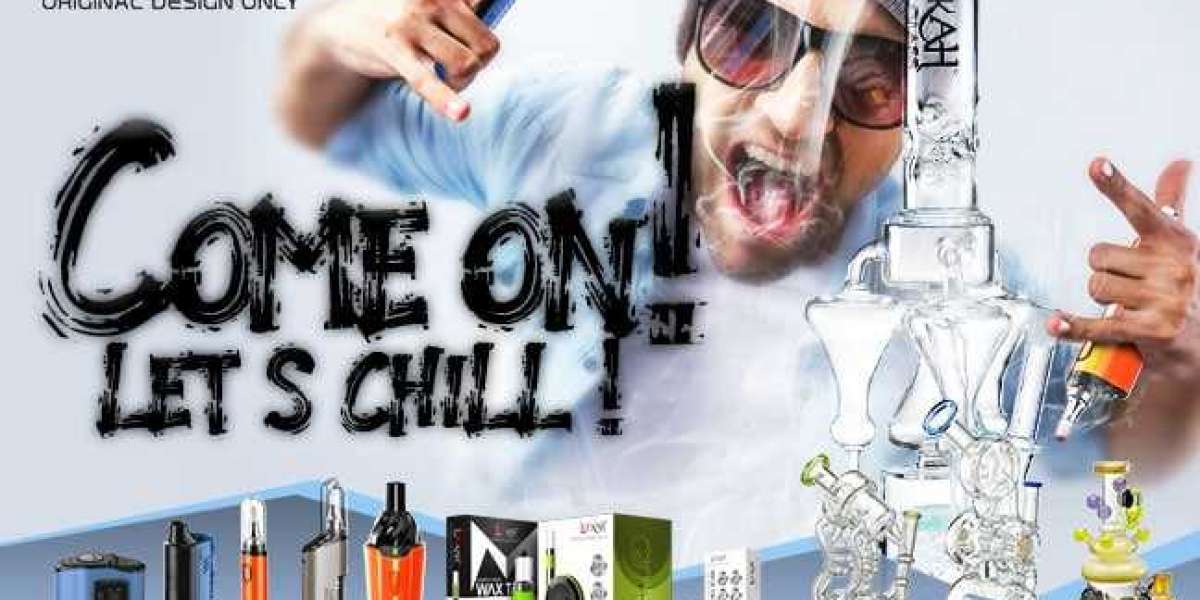![The Best Bongs of 2025 [BONUS The Smoothest Bongs To Buy] – VITAE Glass](https://www.vitaeglass.com/cdn/shop/articles/vitae-glass_the-best-bongs-1702567420447.webp?v=1741673143)
The Cost Structure of Bongs
When analyzing the costs associated with bongs, it is crucial to consider both fixed and variable expenses. Fixed costs are those that remain constant regardless of production volume, while variable costs fluctuate with the level of output. For bongs, these costs can be broken down into several key categories:
1. Material Costs
Material costs represent one of the most significant expenses in the production of bongs. The choice of materials directly influences the final product's quality, durability and aesthetic appeal. Different types of bongs utilize various materials, each with its own cost implications.
Glass: Glass bongs, particularly those made from borosilicate glass, are favored for their durability and ability to withstand high temperatures. However, sourcing high-quality glass can be expensive. The cost of glass can range from $5 to $50 per bong, depending on thickness and design intricacies.
Silicone: Silicone bongs have gained popularity for their durability and portability. They are typically less expensive to produce than glass bongs, with material costs ranging from $3 to $20 per unit. However, the perception of quality may vary among consumers.
Acrylic: Acrylic bongs are often the most affordable option, with material costs between $2 and $10. While they are lightweight and shatter-resistant, they may not offer the same smoking experience as glass or silicone.
2. Labor Costs
Labor costs encompass the wages paid to workers involved in the manufacturing process. This includes skilled labor for glassblowing or assembly as well as unskilled labor for packaging and shipping. Labor costs can vary significantly based on location and the complexity of the production process.
For example, glassblowing requires skilled artisans who command higher wages due to their expertise. In contrast, the production of may require less specialized labor, resulting in lower overall labor costs. On average, labor costs can account for 15% to 30% of the total production costs of bongs.
3. Overhead Costs
Overhead costs include expenses related to running the manufacturing facility, such as rent, utilities, equipment maintenance and administrative expenses. These costs can be substantial, particularly for manufacturers who operate in regions with high operational expenses.
For bongs, overhead costs can range from 10% to 25% of total production costs. Efficient management of overhead is essential for maintaining profitability, especially in a competitive market.
4. Research and Development Costs
Investing in research and development is crucial for staying ahead in the cannabis accessory market. RD costs include expenses related to designing new bong models, testing materials and ensuring compliance with safety standards.
For advanced manufacturers, RD can represent a significant investment, often accounting for 5% to 15% of total costs. This investment is critical for innovation and differentiation in a crowded market.
5. Marketing and Distribution Costs
Once a bong is produced, it must be marketed and distributed to consumers. Marketing costs can include advertising, promotional events and influencer partnerships. Distribution costs encompass shipping, warehousing and retailer margins.
Marketing and distribution costs can collectively account for 20% to 40% of the final retail price of bongs. Effective marketing strategies and strong distribution partnerships are essential for driving sales and recovering costs.
The Largest Cost Component: Material Costs
Among the various cost components associated with bongs, material costs often emerge as the largest expense. The type of material used not only affects the production cost but also the perceived value, consumer demand and pricing strategy.
Glass Bongs vs. Silicone Bongs
Glass bongs, particularly and percolator bongs, are highly sought after for their aesthetic appeal and superior smoking experience. However, the costs associated with high-quality glass can be significant. As previously mentioned, borosilicate glass bongs can range from $5 to $50 in material costs alone. This high expenditure is offset by the potential for higher retail prices, as consumers are often willing to pay a premium for quality glass products.
In contrast, silicone bongs are generally less expensive to produce, making them appealing for budget-conscious consumers. However, the lower material costs may also lead to lower retail prices, which can impact overall profitability. Brands must carefully consider their target market and pricing strategy when choosing between glass and silicone materials.
Impact of Design Complexity
The complexity of the bong design also plays a crucial role in determining material costs. Beaker bongs, known for their stable base and larger water chamber, require more glass than traditional straight tubes, increasing the material cost. Percolator bongs, which feature intricate filtration systems, involve additional material and labor costs due to the complexity of their construction.
Innovative designs can command higher prices in the market, but they also require careful cost management to ensure profitability. Manufacturers must strike a balance between creating visually appealing products and managing the associated costs.
Managing Costs Effectively
Understanding the major costs associated with bongs is only the first step. Experienced operators must also implement strategies to manage these costs effectively and enhance profitability. Here are several approaches to consider:
1. Optimize Supply Chain Management
Efficient supply chain management can significantly reduce material costs. Establishing strong relationships with suppliers allows manufacturers to negotiate better pricing and ensure timely delivery of high-quality materials. Additionally, sourcing materials locally can reduce shipping costs and lead times.
2. Invest in Automation
Investing in automation can streamline production processes and reduce labor costs. Automated machinery can enhance precision and efficiency in manufacturing, particularly for repetitive tasks such as cutting and shaping materials. While the initial investment may be substantial, the long-term savings can be significant.
3. Focus on Product Differentiation
Creating unique and innovative bong designs can justify higher retail prices and enhance brand loyalty. By offering exclusive features, such as advanced percolation systems or customizable options, brands can differentiate themselves from competitors and capture a larger market share.
4. Implement Lean Manufacturing Principles
Adopting lean manufacturing principles can help reduce waste and improve efficiency in the production process. By analyzing workflows and identifying areas for improvement, manufacturers can optimize their operations and lower overall costs.
5. Leverage Digital Marketing
Effective digital marketing strategies can enhance brand visibility and drive sales without incurring excessive costs. Utilizing social media platforms, influencer partnerships and targeted advertising can help reach a broader audience and generate interest in new bong products.
Case Studies: Successful Bong Manufacturers
Case Study 1: Premium Glass Bong Brand
A premium glass bong manufacturer focused on high-quality beaker bongs and percolator bongs invested heavily in RD and marketing. By sourcing high-grade borosilicate glass and employing skilled artisans, the brand positioned itself as a leader in the luxury segment. Despite higher material costs, the brand achieved significant profitability through premium pricing and strong customer loyalty.
Case Study 2: Innovative Silicone Bong Company
An innovative silicone bong company capitalized on the growing demand for portable and durable smoking accessories. By keeping material costs low and focusing on unique designs, the brand successfully penetrated the budget-conscious market. Effective use of social media marketing and influencer partnerships helped drive brand awareness and sales, resulting in rapid growth and a loyal customer base.
Conclusion
For experienced operators in the cannabis accessory industry, understanding the cost structure associated with bongs is essential for maintaining profitability and competitiveness. Material costs often represent the largest expense, particularly for glass bongs, beaker bongs and . However, effective cost management strategies, such as optimizing supply chain management, investing in automation and focusing on product differentiation, can enhance profitability.











